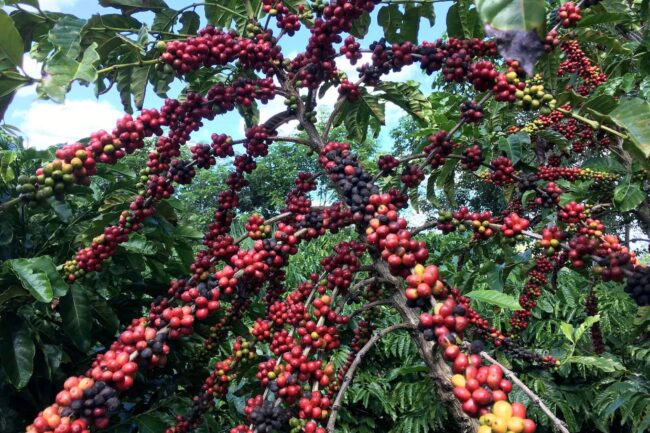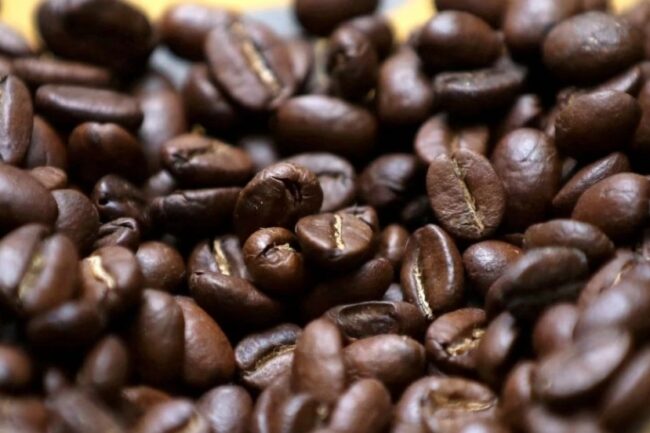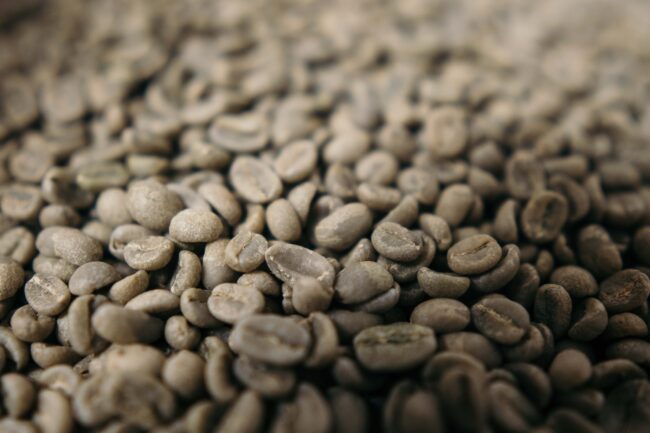March arabica coffee (KCH23) on Friday closed down -5.10 (-2.87%), and Mar ICE robusta coffee (RMH23) closed down -18 (-0.88%).
Coffee prices Friday posted moderate losses. Concerns about weak coffee demand in China sparked long liquidation in coffee futures after Starbucks on Friday reported a 29% drop in China sales in the first quarter as a spike in Covid infections led to mobility restrictions and store closures. Also, weakness in the Brazilian real (^USDBRL) Friday weighed on coffee prices after the real fell to a 1-week low. A weaker real encourages export selling from Brazil’s coffee producers.
On Wednesday, arabica posted a 3-month high, and robusta on Tuesday posted a 3-1/2 month high on concerns about smaller global coffee supplies. Rabobank cut its global 2023/24 coffee surplus estimate to +1.6 min bags from a November estimate of +4.0 mln bags. Also, Volcafe said because of weak flower blossoms on coffee trees in the Minas Gerais coffee-growing region, it cut its Brazil 2023/24 arabica coffee production estimate to 40.5 mln bags from a July forecast of 49.8 mln bags.
A bullish factor for robusta coffee is the tightness in global supplies. Vietnam’s General Statistics Office reported Monday that Vietnam Jan coffee exports sank -30.9% y/y to 160,000 MT. Also, robusta coffee inventories are shrinking as ICE-monitored robusta coffee inventories on Friday fell to 6,039 lots, the fewest since contract rules changed in 2016.
Smaller global coffee supplies are bullish for prices after the International Coffee Organization (ICO) reported Thursday that Oct-Dec global coffee exports have fallen -2.8% y/y to 30.27 mln bags. Also, Cecafe on January 16 reported that Brazil’s 2022 green coffee exports fell -2.7% y/y to 35.6 mln bags, the lowest in 4 years.
Robusta has support after coffee trader Volcafe forecasted that the global 2023/24 robusta coffee market would see a record deficit of 5.6 mln bags as Indonesia, the world’s third-largest robusta producer is expected to see its 2023/24 robusta coffee production fall to 9.1 mln bags, the smallest robusta crop in 10 years due to damage from excessive rainfall across its growing regions.
An easing of dry conditions in Brazil may boost coffee yields and is bearish for prices. Somar Meteorologia reported Monday that Brazil’s Minas Gerais region received 72.9 mm of rain last week, or 141% of the historical average. Minas Gerais accounts for about 30% of Brazil’s arabica crop.
On the bearish side, ICE arabica coffee inventories have risen steadily since falling to a 23-year low of 382,695 bags on November 3 and posted a 7-month high of 872,853 bags Thursday. Also, Conab on January 19 forecasted the 2022/23 Brazil arabica crop would rise +14.4% to 37.4 mln bags.
Increased coffee exports from Vietnam, the largest robusta producer, are bearish for robusta prices after the General Statistics Office of Vietnam reported Tuesday that Vietnam’s 2022 coffee exports were estimated at 1.78 MMT, up +14.1% y/y.
On the bullish side for coffee prices was the January 4 report from the Colombia Coffee Growers Federation that showed Colombia’s 2022 coffee exports fell -8% y/y to 11.1 mln bags. Colombia is the world’s second-biggest producer of arabica coffee beans.
On the negative side, U.S. green coffee inventories are plentiful after the Green Coffee Association on January 17 reported that U.S. Dec green coffee inventories rose +9.3% y/y to 6.38 mln bags.
The USDA, in its bi-annual report released on December 23, cut its global 2022/23 coffee production estimate by -1.3% to 172.8 mln bags from a June estimate of 175.0 mln bags. In addition, the USDA cut its 2022/23 global coffee ending stocks estimate by -1.7% to 34.1 mln bags from a June estimate of 34.7 mln bags.
In a bullish factor, the USDA’s Foreign Agriculture Service (FAS) on November 22 cut its Brazil 2022/23 coffee production forecast by -2.6% to 62.6 mln bags from a prior estimate of 64.3 mln bags. This year was supposed to be the higher-yielding year of Brazil’s biennial coffee crop, but coffee output this year was slashed by drought.




